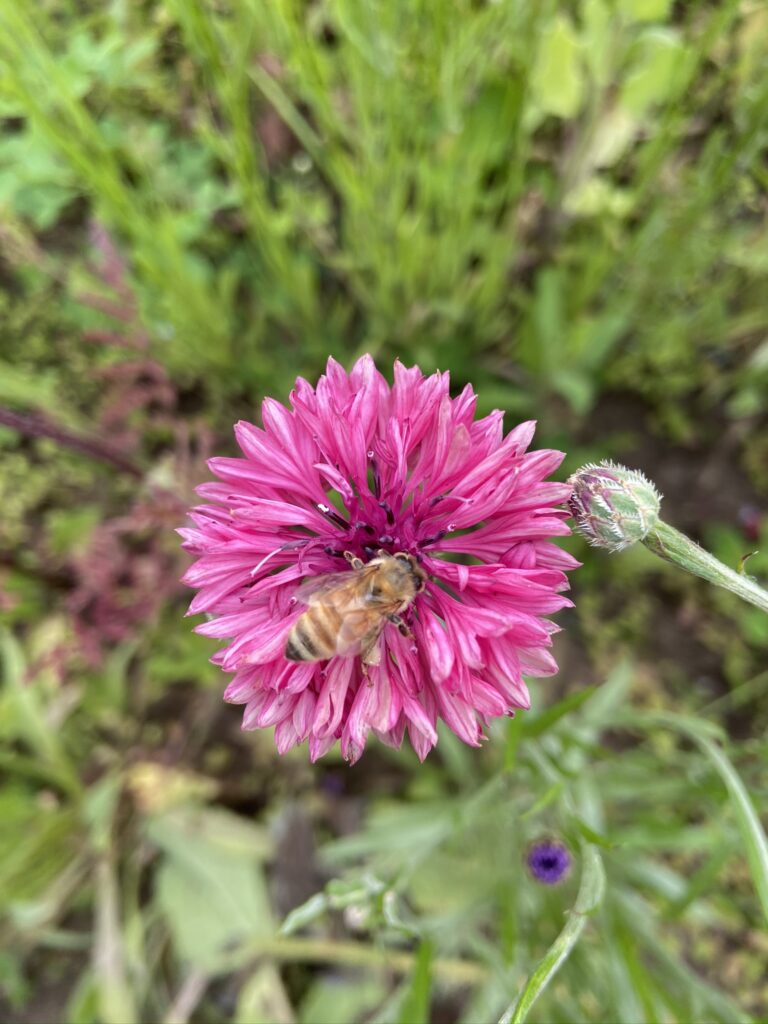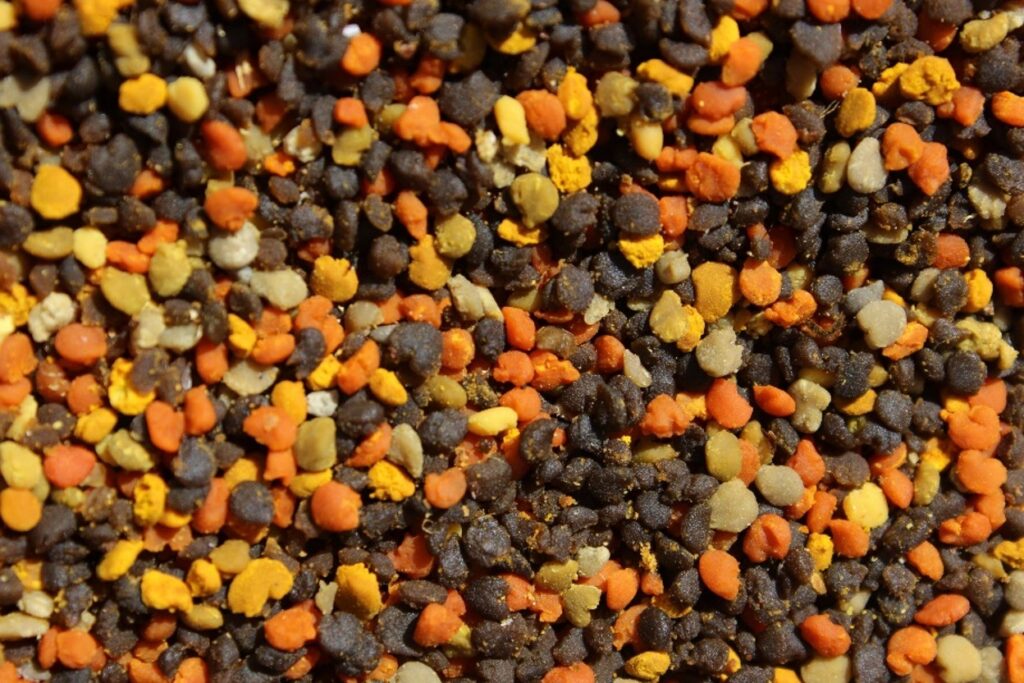PULLMAN, Wash.-Pollinators like honey bees require healthy food to survive and thrive. To learn more about the pollen they gather and the nutrients within it, Washington State University is leading a new endeavor dubbed the Pacific Northwest Pollen Atlas.
The new project, which aims to map and describe pollen, could impact pollinator health, and in turn, the food humans eat that depend on pollination.

"If people can one day look up plants that grow well in a specific location and also know their nutritional value for pollinators, that's a huge advancement in understanding the bee forage landscape," said Priya Chakrabarti Basu, an assistant professor in WSU's Department of Entomology. "We hope to create a database of plants and share the nutrient content in their pollen so gardeners can plant a healthy variety."
Researchers will map all of the different pollen varieties collected by citizen scientists in every Washington county over a four-year period. Basu is currently seeking out volunteers statewide, with colleagues around the Pacific Northwest also recruiting to increase the project's scope. These efforts are part of Basu's larger effort to map pollen nutrition across North America.
A critical component of plant reproduction and crop production, pollen provides the necessary proteins needed for bee brood growth. Pollen flows across months and locations will be mapped to understand flowers' bloom times, then tested for the different nutrients provided pollinators.
This project will help beekeepers choose ideal hive locations and nutritionally manage their colonies better during periods of pollen scarcity in the landscape. It will also help conservationists and gardeners understand the forage quality for all bee species and choose plants based on their nutritional value.
Basu aims to find at least two volunteer beekeepers in each county to collect pollen from their hives once a month over the four-year period.
"We want to learn what plants are in bloom at which time of year, and how nutritious that plant is for bees," she said. "Having this information would be a massive expansion of our knowledge database."
Ellen Miller has already signed up as a citizen scientist volunteer. A hobbyist beekeeper from eastern Spokane County, Miller is currently vice president of the Washington State Beekeepers Association.

"I told Priya I would do anything I could to help," Miller said. "Honey bee nutrition is so important; they're the poster child for all sorts of native pollinators. Pollen is their protein, so it's not just nice; it's life or death."
Miller already enjoys looking at pollen collected by her bees, but mostly has no idea what plants it comes from. She's often surprised by the variety of shapes, sizes, and even colors.
"A friend sent me photos of blue pollen," Miller said. "I want to grow the plant it came from and find out if it's good for bees. This project can help with both of those goals. And, honestly, I really want to see blue pollen myself."
Dawn Beck is another hobbyist beekeeper who has already signed up to help. Now living in the Skagit Valley, Beck retired there after spending most of her life in Seattle. She's willing to spend time each month collecting pollen since she knows how important the project could be for pollinators.
"Studies have shown that better nutrition helps colonies manage stressors like varroa mites or the effects of climate change," Beck said. "I know it's a long-term project, but the potential benefits are very positive. I can't wait to get started."
Anyone interested in collecting pollen for the project can contact Basu. She hopes to begin as early as September.
"This is not a quick project; it will likely take decades," Basu said. "But hopefully over the next few years, we'll significantly impact what plants gardeners grow, benefiting all pollinators around the Pacific Northwest."
Support Basu's efforts to map the bee nutrition habitat and learn more about the WSU Bee Program.






